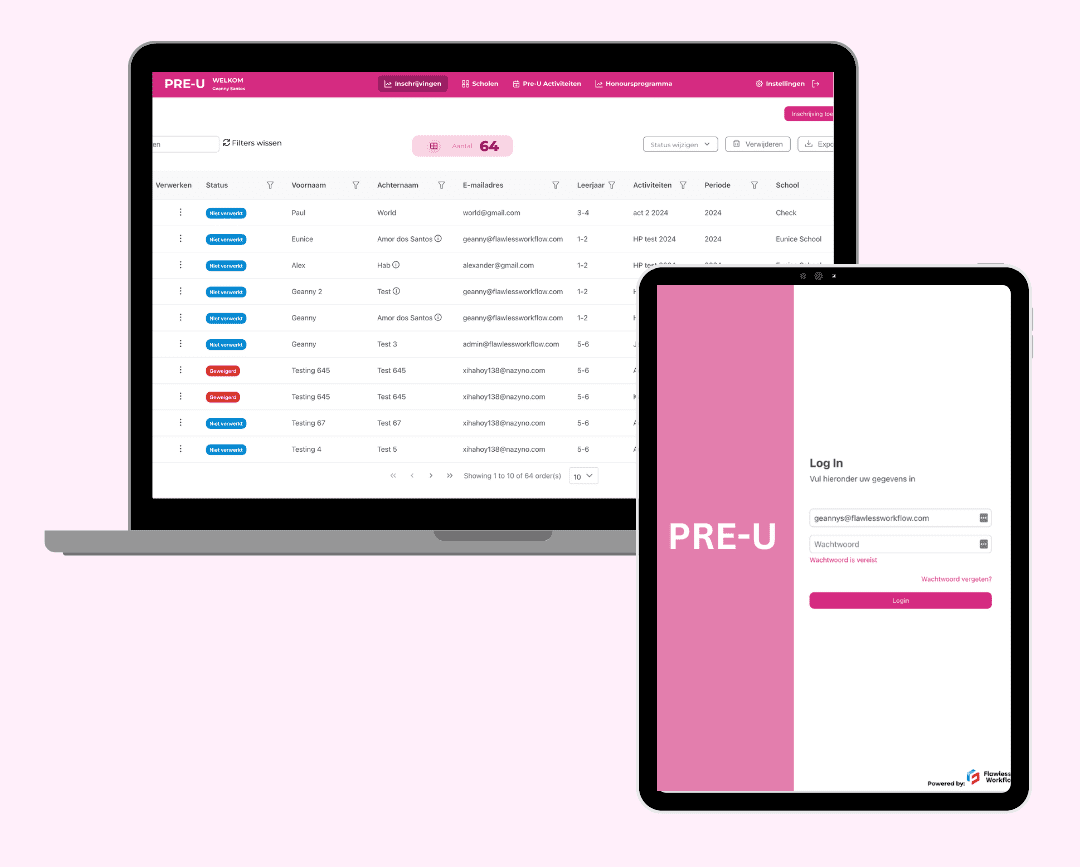How has COVID-19 changed our workflow?

How has COVID-19 changed our workflow?

How has COVID-19 changed our workflow?

COVID-19 has been one of the most serious health crises the world has experienced in a century and has hugely disrupted the standard workflows of many companies. After the ‘intelligent lockdown’, steps have been made towards achieving a ‘new normal’. But, how is this possible? Can companies get back to business, in a 1,5-meter, socially distanced, society? One thing we know for certain is that the way we work will not be the same for a long time, if ever.
What we have seen is that, from necessity, companies have embraced workstyles that were considered as difficult. Companies previously had concerns about the effectiveness of working from home and using digital or online workflows; but in recent months, many companies have realised that employees can be just as productive remotely and that digitalisation can be a great benefit.
However, not everyone has adapted at the same rate. Companies who have established strong digital frameworks will be able to bounce back from the impact of COVID-19 far better than those who haven’t.
To make sure that we stay effective in the current and possible future COVID-19 health measures, we have all had to look critically at our workflows. One of the biggest impacts of this is that the web is increasingly becoming our “second world”. The workplace is becoming increasingly digital and more tasks are being done online. However, as we gain more experience with these online ways of working, we are seeing that it there are many opportunities to optimise our work.
One of these opportunities is automation, implementing a digital workflow makes it much easier to take advantage of the benefits of web/online automation. A great example of this is data management and data utilization. For example, the data transfer from websites to applications and vice versa, or the generation of reports from online information can be automated. By automating these online tasks, they can be done quickly and with a low possibility of human errors. Freeing you up to do more fulfilling and interesting tasks that are close to your core business.
These days, data is playing a greater a more important role in our society. It has even been said that: ‘data is the new gold’. By storing, cataloguing and interpreting your data, you can have an optimal view of the present and predict the future and by automating these tasks you can have these benefits without spending hundreds of hours manually entering and cataloguing the data. Trend and data analysis as well as the automatic storage and cataloguing of data are just a few of the great examples of this digital way of working.
All in all, COVID-19 has shown us that things can change in the blink of an eye and that it is not a time to passively wait and see what happens, but to be pro-active and prepare ourselves for the future. At Flawless Workflow we’ve been working hard to see how our services can contribute to these solutions and how we can make sure our clients are able to continue to work flawlessly during this uncertain time.



